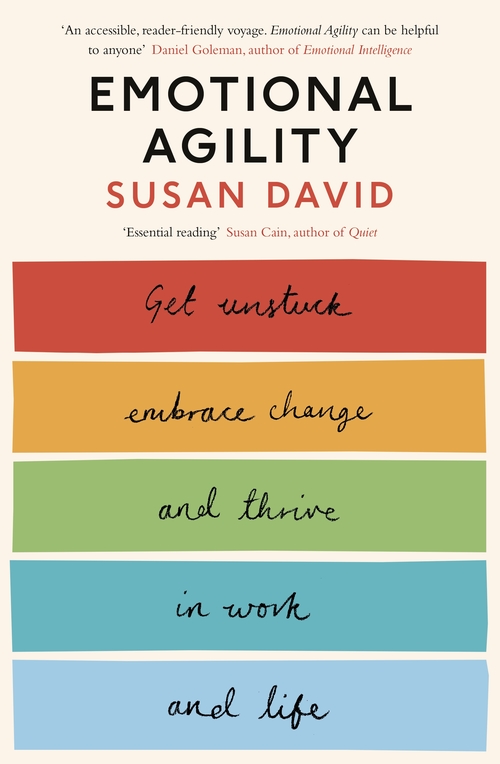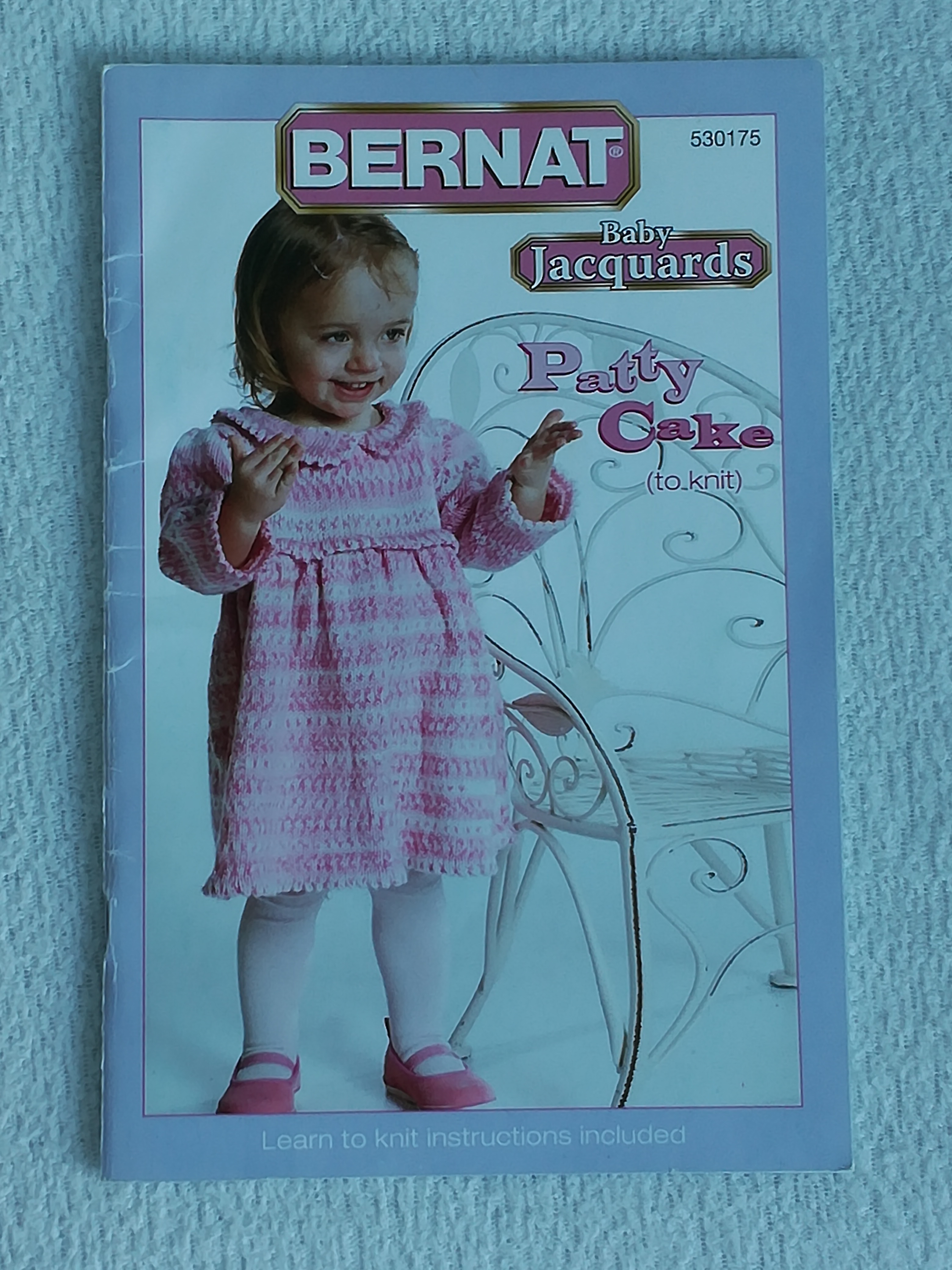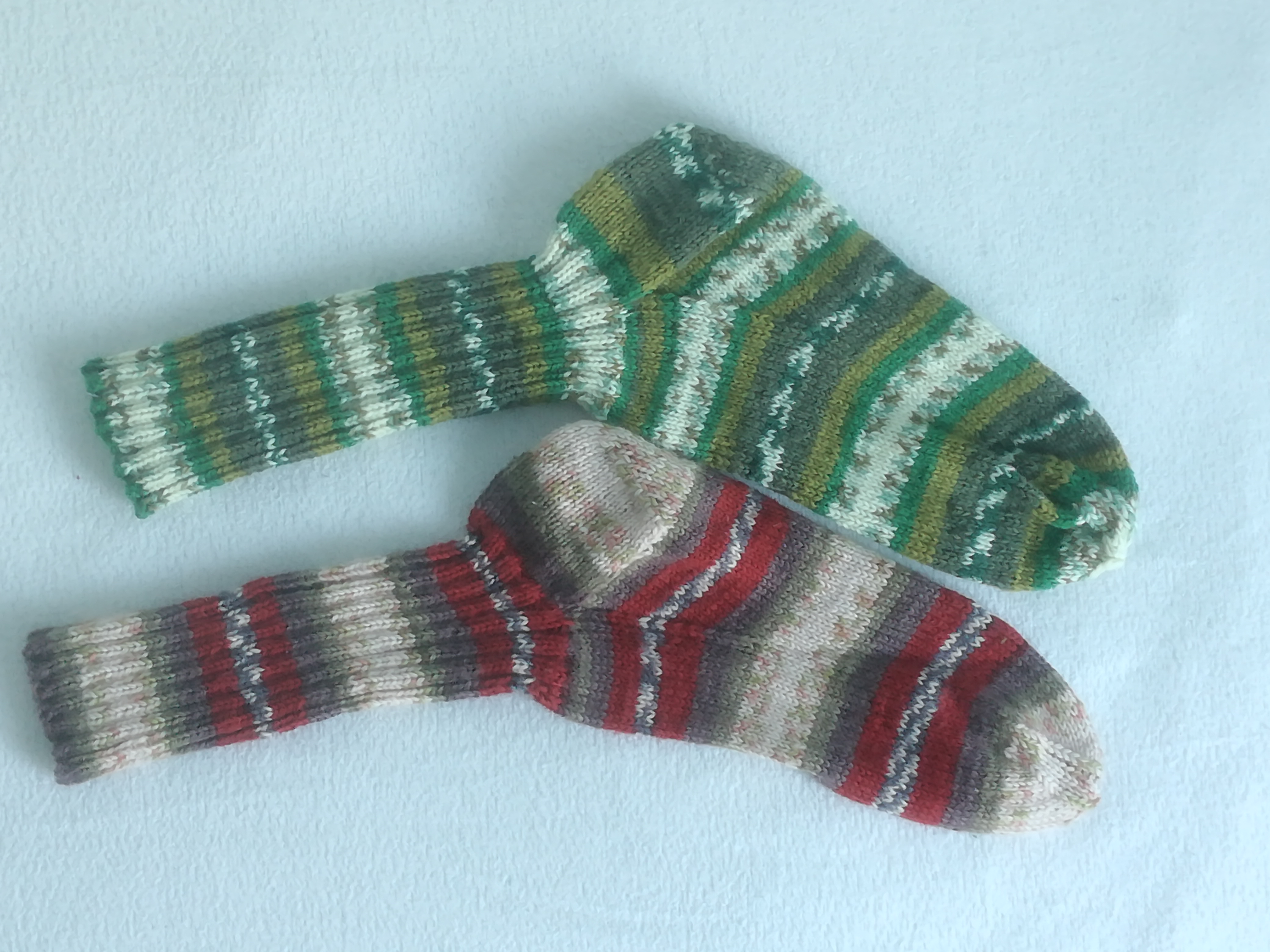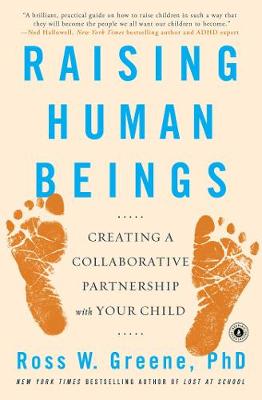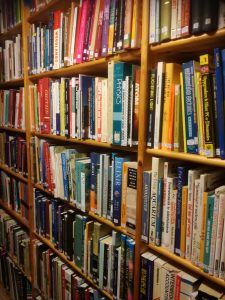
In my last two years of high school, I belonged to the library club. This suited me fine. I took my lunch to the back room, where we were usually several girls. This small group, instead of a huge number of people in the school’s lunch room, suited me fine. In my senior year at high school, I got more responsibility for both running the library club and the library itself.
At the time, I decided I would like to become a librarian, which required a bachelor’s degree at university plus one specialized year. So off to UBC to get my bachelor’s degree, eventually focusing on English and foreign languages (French, German and Italian). In my fourth year at university, I was starting to get tired of going to school. It was now my sixteenth year of school. I had planned to take one more year to get my library degree, but then they changed the one year program to two years. That I couldn’t take. So I left UBC with a bachelor’s degree, but no library training.
Fast forward a lot of years. I have moved to Norway and gotten two children. I have become a teacher at a high school, but because my son has English as a mother language, and not a foreign language, he gets his mother as his English teacher. We sit in the library at the elementary school. Often he must just sit and work on lessons preferably without me hovering over him. I start working with the books on the shelves, getting them in order, straightening them. I don’t remember now how it happened, but after a bit I have been asked to look after the school library and it moves into a better, newly built room. Now I not only am a teacher, but a “librarian” for a small elementary school library.
I have no special training, but the public library in our municipality trains me with their computer system and I start working in the main library part time. In addition I look after the library in another elementary school, one day a week. I am officially part of the library staff.
I find that I can take some of the library courses needed for library qualifications as part-time correspondence courses (yes, back in the days when everything was sent by post). I started working on getting my qualifications, course by course.
Through the librarian at the high school I work with, I hear about a part-time library course for those who are already working in libraries. I sign up and continue getting my qualifications. I am enjoying working in several small libraries. I pass my one-year course, but to get the next level of education I must take travel away from home for a year. That I am not willing to do!
My dream of becoming a librarian, though it has come true, in a very small way, takes a turn at this point. Having been a teacher for several years, I make more money being a teacher, than being a librarian. My salary as a teacher is important for my family’s income, so I drop the idea of becoming a qualified librarian. I continue working in two small elementary school libraries until my younger child finishes elementary school and then I quit that job.
A few years pass and the situation at my high school changes. The school now has to buy the textbooks and lend them out to the students. This is a reform that puts a lot of work on the librarian, and he is not willing to do the work. My hearing disability is causing me to have problems with large classes, so the principal of my school suggests that as I have some library training and experience, I could take over the work with the textbooks and let the librarian continue with the other parts of the library work. I agree.
The first few years are difficult. Rebuilding the school takes away the library, which gets packed up into boxes. The unused textbooks are put into a room in the cellar. Though most of the work is at the beginning and end of the school year, there is some work to be done during the rest of the year.
Several years go by. I get a system that sort of works. Mostly I am down in the cellar in an environment that is not very good. I think of it as working in a dungeon. Eventually the library gets built, a lovely open, bright room and I get to work there too. I have been given some other things to do, spending one day a week in the library and teaching only part time.
Then the librarian at the school retires and the job as librarian is advertised. Shall I apply for it? I think carefully through the issue and decide that I would rather be a teacher than a full-time librarian. It has been fun to do library work part-time but I would not like to do it full-time. Teaching is much more rewarding.
At home, we have amassed several thousand books over the years we have been in Norway. Books in English for the children. Textbooks for courses we have taken or given. Fiction for relaxation. Non-fiction to learn more about many subjects. Chaos on the shelves. So I buy a small computer program designed for home libraries, and the work starts at entering all the books we have in the system. This takes several years to complete, but it is nice to have a record on my computer of the books on our shelves. To date we have 3 428 books in the program.
But times have changed. Most of our new reading material is digital, stored somewhere, and I am no longer in charge of the new acquisitions. I have retired from the job as home librarian as well.

